Switching from diapers to toilets, the challenge is huge in terms of toilet training. Not all kids can learn it quickly. When it comes to toilet training for children with autism, the problem becomes manifold.
An autistic child has abnormalities in their brain structure and function.
So, they can have behavioral disturbances, flat speech, a deficit in language comprehension, abnormalities in facial expression, and many more issues.
Autists are of 5 different types.
1. They are Rett syndrome
2. Kanner’s syndrome
3. Childhood disintegrative disorder (CDD)
4. Asperger’s syndrome
5. Pervasive development disorder

When do you start their toilet training?
Well, medically, there is no specific age for toilet training.
Children generally develop cognitive behaviors for up to 2 years.
Even after two years, some parents don’t want to get their kids out of the diaper.
An average child learns it quickly- probably a couple of months can help him to get over the line.
But, autistic children are a bit slow in learning.
So, you better push them for toilet training after two years or so.
Toilet Training Strategy
Though it may sound odd, you need a strategy for toilet training.
Remember, children with autism will behave differently.
If you think you can teach them anything overnight, then you are firing bullets aimed nowhere.
You must have a proper strategy to approach any autistic child.
Autistic potty training, says Autism Parenting Magazine, requires a lot of patience and appropriate guidelines.
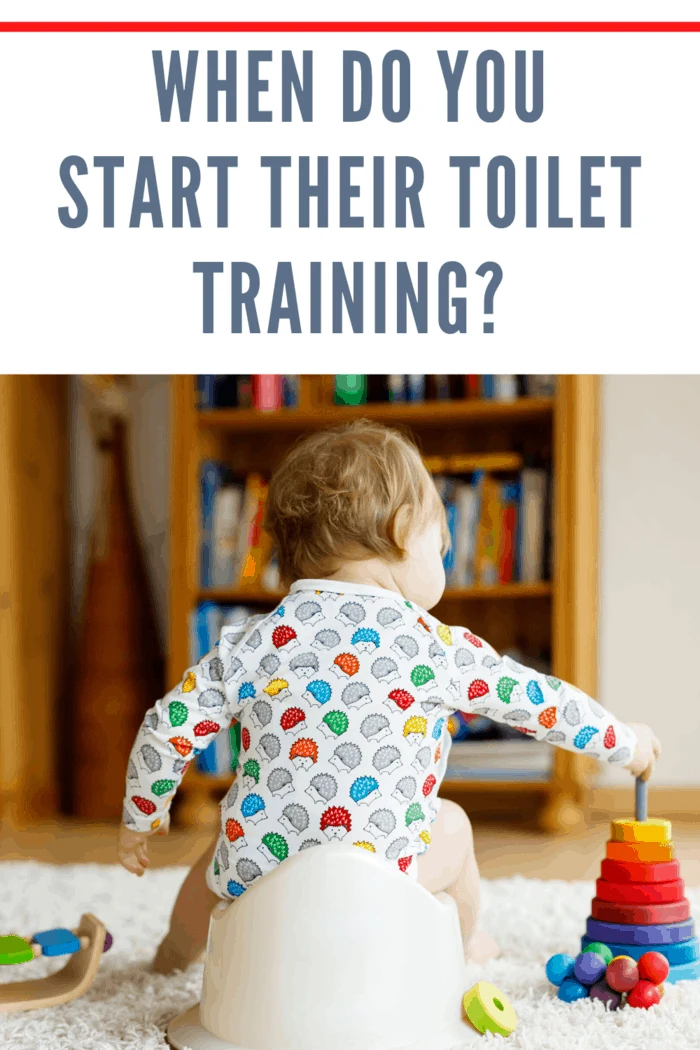
Let’s go through it step by step.
Go for visual training
Visual training is the most effective option to teach any beginner.
Kids generally learn more with the visual spectrum.
As autistic kids face more communication difficulties, visual training is somehow easier for them.
You have to use colorful photographs with simple messages so that they can understand it easily.
Label photos with punch line directions like “wipe with tissues”, “flush toilet”, “wash hands”, etc.
No need to make it complex; make sure it is short and to the point.
Other than that, you can use cartoon figures to make things fun and more acceptable to your children.
It is a natural process, and you must not feel shy to teach your young.
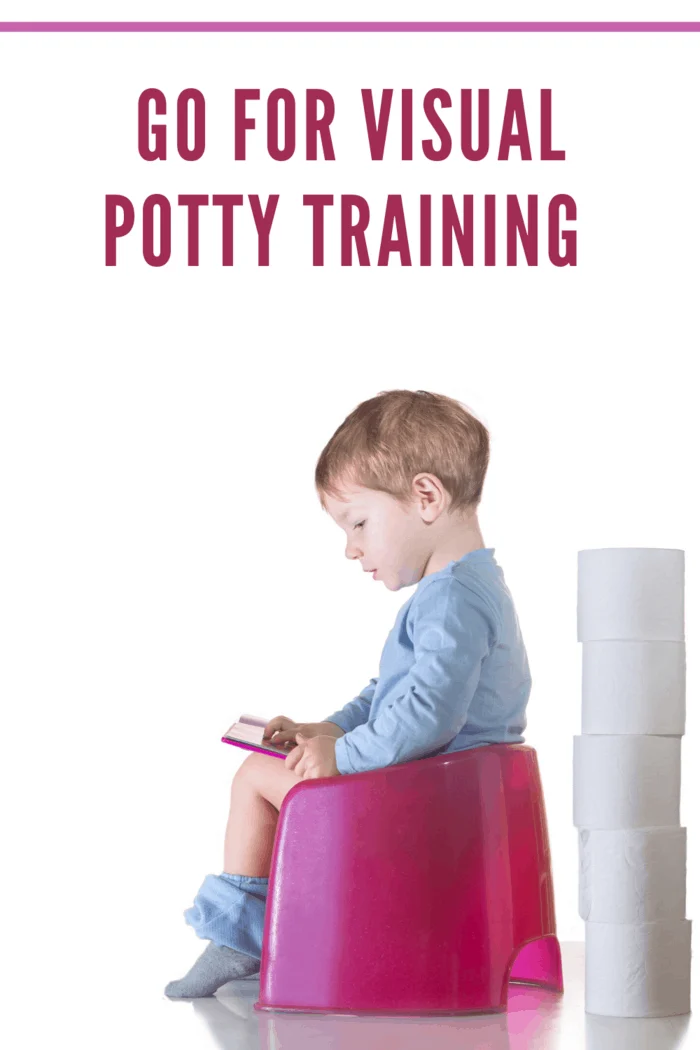
Switch to underwear
Most parents feel comfortable to choose diapers for kids longer than it requires.
It is easy to clean, and there are no chances of pee whisks away at midnight.
Though it is a safe option, over delay to switch to diapers won’t develop his sensation about toileting.
When you switch him to underwear, he will repeat the accidental potty and urinate.
Those accidents will create wet agitation on his skin.
So, repeating mistakes will drive him to seek a better alternative.
You have to use this impulse to give him potty training.

Don’t lose hope over repeated accidents
It will be unwise to expect a quick response from the autistic child.
He will repeat the same mistake, and you must contain your anxiety.
Some parents fail to control their anger and scold their children for repeated mistakes.
This can have severe negative impacts on his psychology.
You have to develop friendly behavior to teach him properly.
He must feel comfortable staying and learn with you.
Do not go hard, as little is more for autistic children.

The reward is the key
This is the best step to encourage their learning.
Try to find the source of their motivation.
It can be toys, chocolates, flowers, or their favorite cartoon show.
Make this your trump card and reward good behaviors.
You can also reserve their reward and make them chase for more.
Give them the understanding that following your words and completing tasks will result in more rewards.
This can reduce their dilly-dally game and make your training more effective.
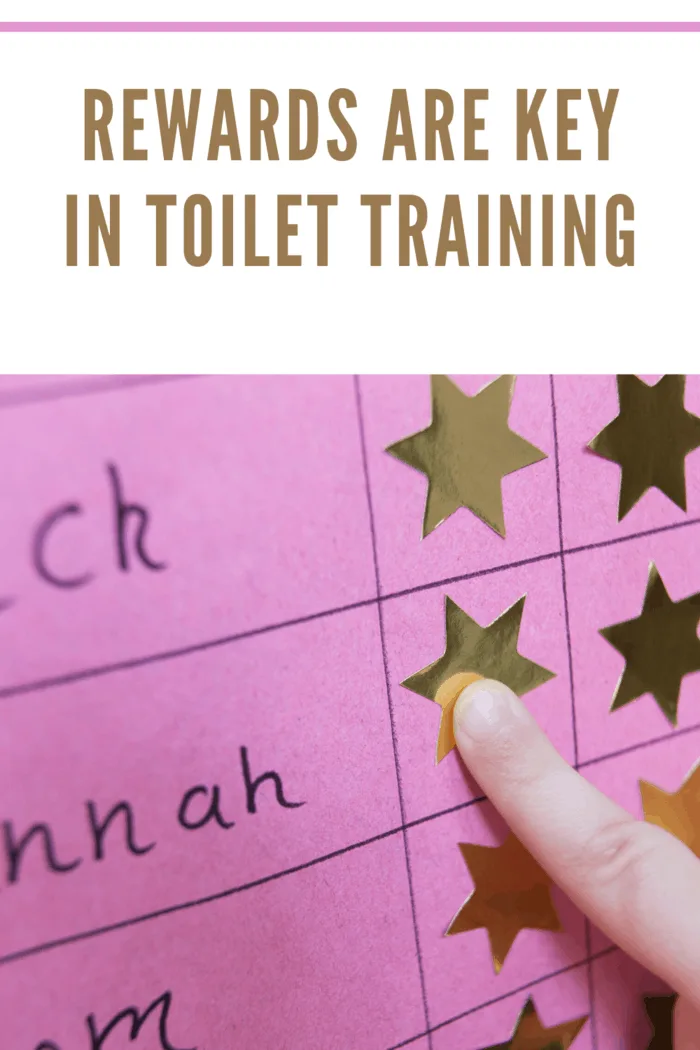
Let the child communicate
This is the climax of the learning curve.
It would be best if you taught your child to communicate with you as soon as they feel any natural urge.
They must feel the sensation of a full bladder and the compulsion to empty it.
You can teach them finger signs or distinctive sounds to notify a toileting need for the best communication.
If they face speech or nonverbal issues, you can clip toilet pictures to their belt.
Teach them to point to it whenever he gets the pressure of toileting.
You can also try a more advanced method to communicate their needs.
The assisted communication device contains several different pictures like food, toilet, play, sleep, etc.
The child just needs to press any of those pictures to send an audible clue.
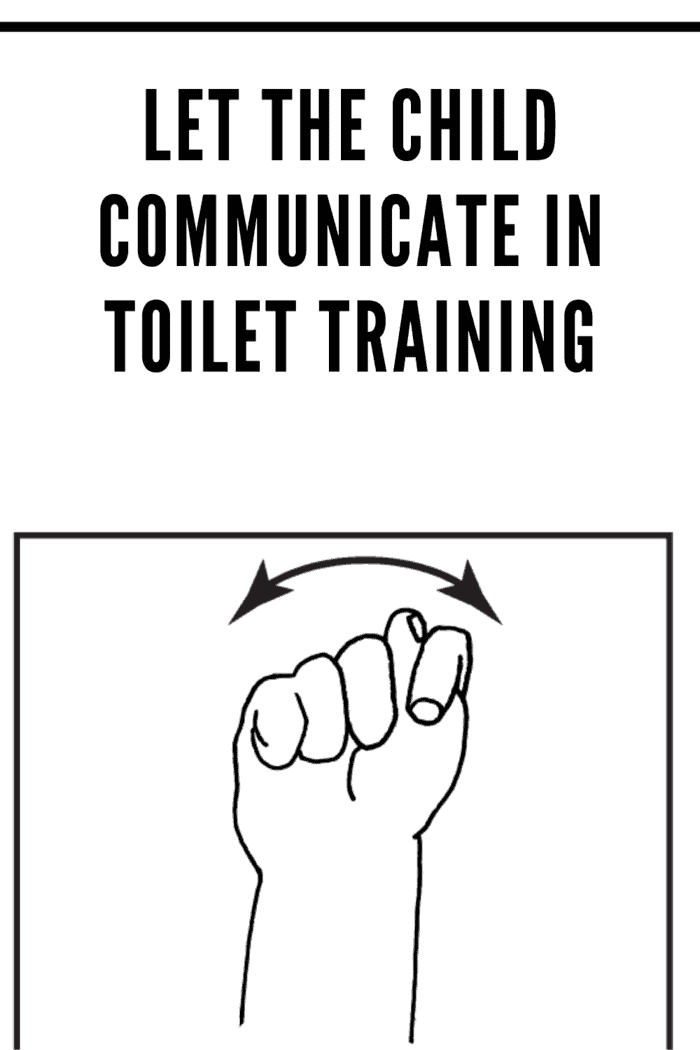
Go for professional help
You may have tried every possible option to train him for toileting, but all your hard work has gone to vain.
Do not lose hope if this is your situation.
You can hire a personalized autism-savvy behavioral therapist.
They are more experienced and have sound knowledge of dealing with autistic children.
Though it may sound like the easiest of all options, there is one limitation.
Autistic children grow more affection for the person who serves them the most.
Even if you go for professional help, don’t stay away from your child.
Do not let grow the idea that you are not their best friend anymore.
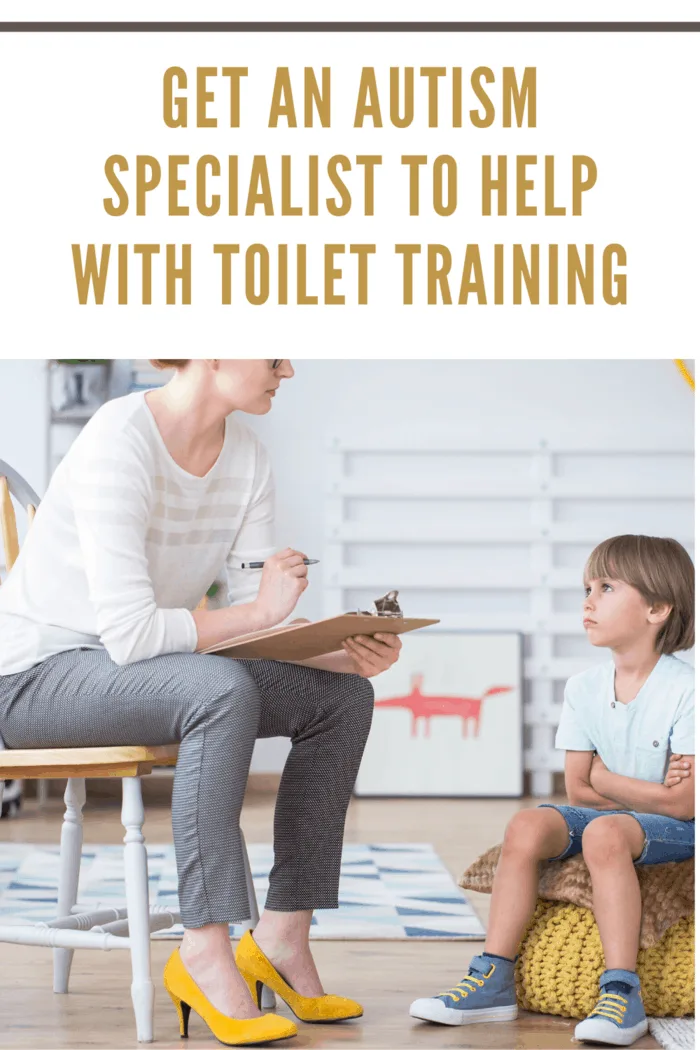
How to Ensure Your Training Success
Though potty training a autistic child is challenging, you can make it a success by following some simple rules.
1. Engage all your family members, including grandparents and siblings, to support the child.
2. Try to use the same language and the same visual display so that he can capture commands successfully.
3. Make sure you are not scolding for the same mistake. Patience is the key to their training.
4. Create the right toilet environment where they would love to go again and again.
Also, make it safe and comfortable for him.
Most kids are short, so use a footstool to balance the commode height.
5. Draw some cartoons over the toilet wall to draw their attention.
6. Reward the toileting actions until they make them a habit.
7. Keep encouraging positive behavior.
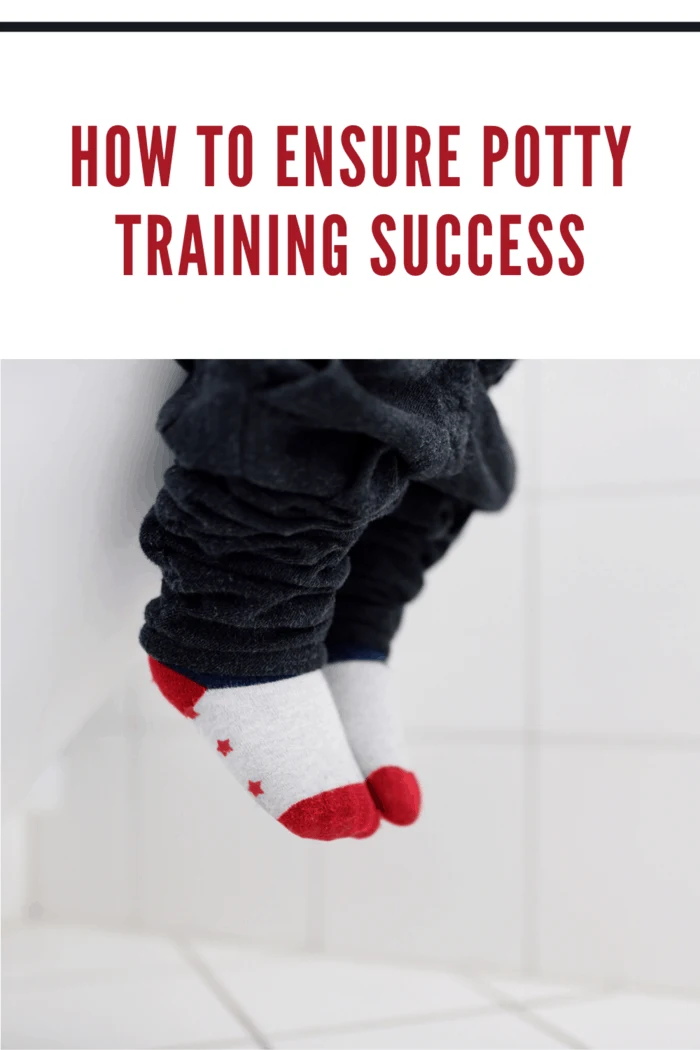
Final Verdict
Autistic children need extra care and love for better survival.
You have to understand that these specialized children can learn but with a little delay.
So, don’t lose patience; instead, keep trying for success.
Surely, your child will get to the desired goal.
